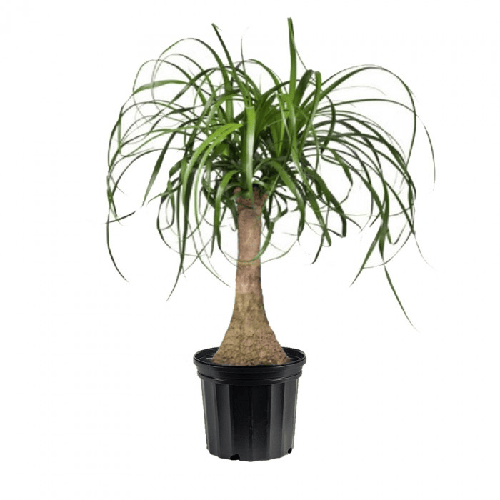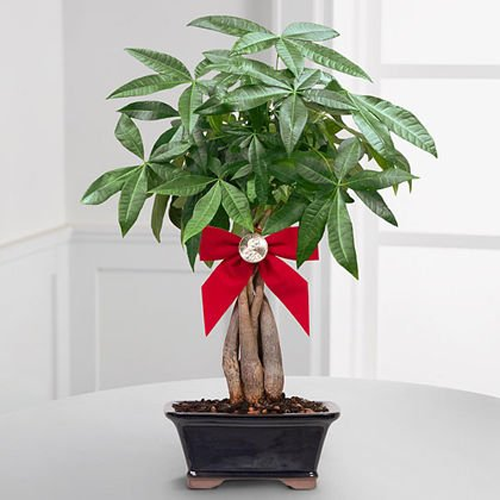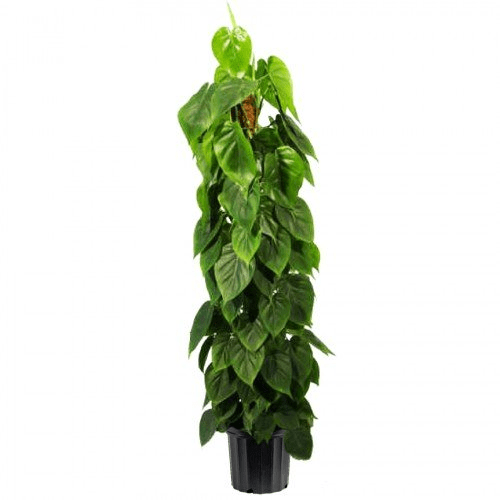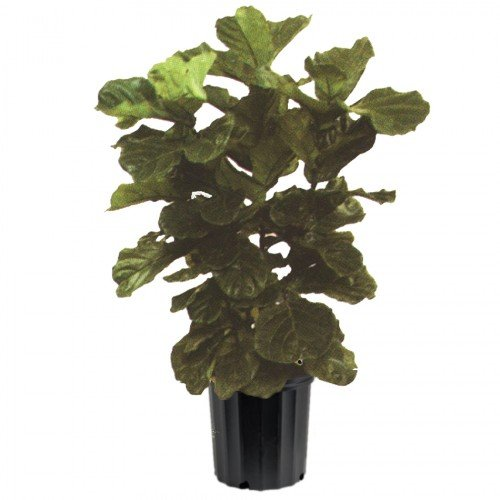
Frequently bought together
Ponytail Palm
The Toronto Office Ponytail Palm is an indoor plant that is well suited for indoor arenas. These plants have a bulbous trunk and long, curly leaves that are hair-like growing from the top of the plant hence the name ponytail. They are known to be happy plants since they tolerate both bright and dim lighting. However, these plants are not related to palms.
Their scientific name is Beaucarnea recurvata.
How are ponytail palms propagated?
They are propagated as cuttings from mother plants. The cuttings are then dipped in a rooting hormone and then planted separately.
Ensure the soil is fairly dry. Damp soil will cause root rot.
What are the maintenance practices involved in the care of ponytail palms?
Care tips for a healthy ponytail palm.
-
Irrigation
Surprisingly, these plants do not need excessive water supply. Their soils can remain dry for some time. They always store water in their trunks. Thoroughly water the plants once and wait until the soil dries up. Too much water retards the root growth.
-
Temperature requirement
Normal room temperature is the best. During winter, keep the plants a little cooler to prevent dormancy.
-
Lighting
Unlike other indoor plants, the ponytail palm tolerates both bright and dim light conditions. Expose the plant to both bright and dim light evenly in a ratio of 1:1. This will ensure a healthy plant with fast growth rate.
-
Pruning
Use clean Bonsai shears to cut the top leaves. This will let the plant grow downwards hence forming a ponytail.
-
Fertilizer application
Ponytail palms need to be fertilized at most three times a year. If it precedes that, brown tips will start developing on the leaves. Fertilizing these plants boosts their growth and health.
Give three advantages of ponytail palm plants.
- First, they are easy to grow and maintain since not much effort is required.
- Secondly, they are rarely attacked by pests and diseases.
- Lastly, they are sold at very cheap prices and are always available at all times.
8″ Nursery Pot








Reviews
There are no reviews yet.